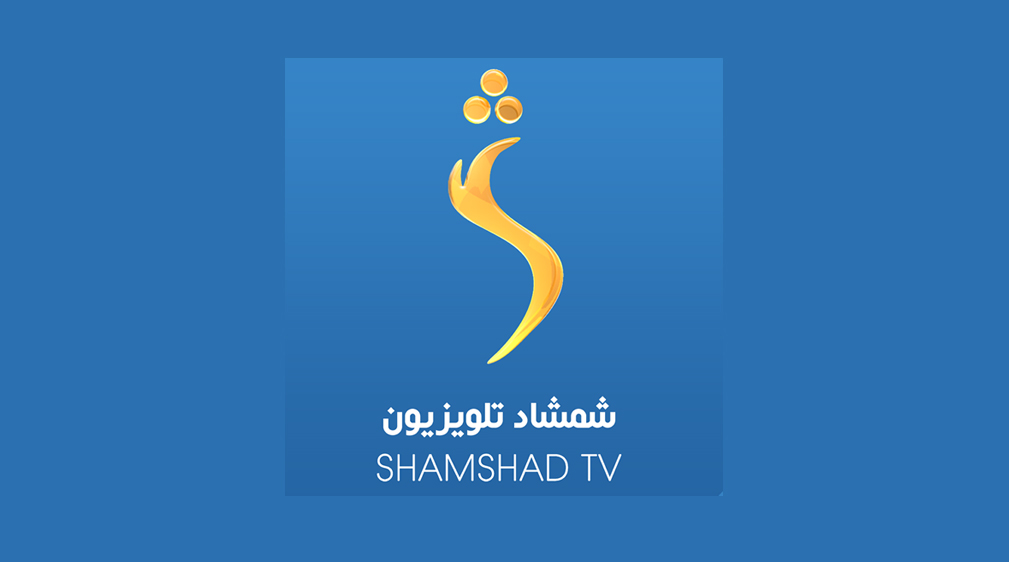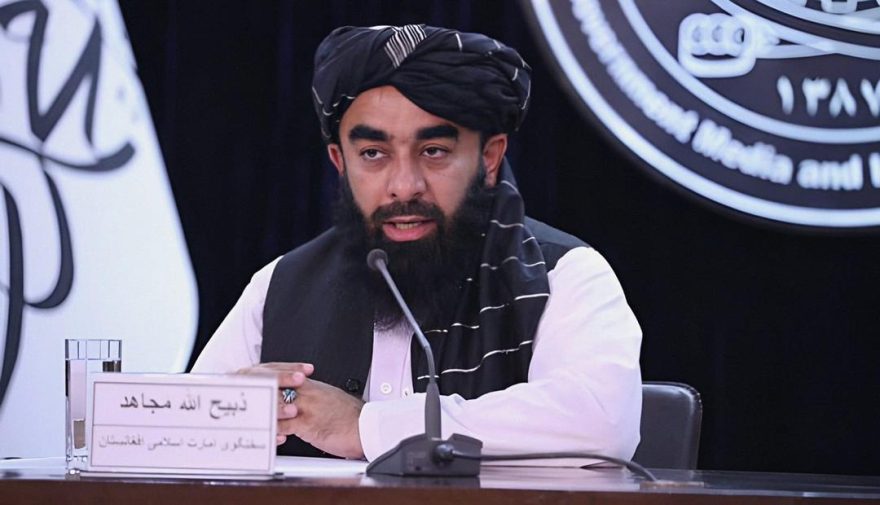Shamshad TV Shutdown by Taliban: A Chilling Blow to Press Freedom in Afghanistan 2025
On October 17, 2025, the Taliban’s intelligence agency ordered the indefinite suspension of Shamshad TV, Afghanistan’s second-largest broadcaster, dealing a severe blow to press freedom. The Pashto-language network, known for its extensive regional coverage, was accused of “failing to adequately cover border fighting with Pakistan” and not aligning with Kabul’s narrative on recent airstrikes. This marks the latest in a series of media crackdowns since the Taliban’s 2021 takeover, raising alarms among journalists and human rights advocates globally.
Details of the Shutdown: A Sudden Silence
The suspension order, issued from Kandahar, forced Shamshad TV—founded in 2005 and reaching 15 million viewers—to halt all broadcasts by 6:00 PM local time. The Taliban cited the network’s “biased reporting” on Pakistan’s drone strikes in Paktika, which killed 37 civilians according to UN estimates, as the reason. The Afghanistan Journalists Federation (AFJC) condemned the move as illegal, while the Afghanistan Media Support Organization (AMSO) confirmed it was a direct directive from the Taliban’s Ministry of Vice and Virtue (Khaama Press).
Shamshad’s managing director, Abdul Mujeeb Khalvatgar, stated, “This is an attempt to silence independent voices,” noting the loss of 200 jobs and the network’s role in rural news dissemination. No resumption timeline has been provided, with equipment reportedly seized, intensifying the crisis.
Context: Escalating Media Control Under Taliban Rule
Since August 2021, the Taliban has detained over 250 journalists, closed 40 media outlets, and imposed strict censorship guidelines. Recent measures include a nationwide internet blackout in September 2025 and a ban on TikTok, labeled “immoral” by the regime. A 2024 Reporters Without Borders (RSF) report ranked Afghanistan 178th out of 180 in press freedom, citing arbitrary arrests and violence against reporters (Al Jazeera).
The shutdown coincides with heightened tensions over Pakistan’s airstrikes, with the Taliban accusing Shamshad of amplifying anti-Kabul sentiment. This follows the 2023 closure of TOLOnews’ Kabul bureau, signaling a systematic purge of independent media.
Impact on Journalism and Public Access to Information
The closure leaves millions without reliable news, especially in Pashtun regions where Shamshad was a primary source. Journalists face increased risks, with the AFJC reporting three detentions in the past week. Twitter reactions include: “Taliban silencing truth—Shamshad shutdown chills reporting” (Afghan Media Watch). A Kabul-based reporter, anonymously, said, “We’re operating in fear, self-censoring to survive.”
International bodies like UNESCO have called for investigations, while the UN Assistance Mission in Afghanistan (UNAMA) documented a 50% drop in media activity since 2021, threatening democratic discourse.
Global Response and Humanitarian Concerns
The U.S. State Department condemned the shutdown, urging the Taliban to uphold commitments under the 2020 Doha Agreement for media freedom. Human Rights Watch (HRW) highlighted the loss of Shamshad’s women journalists, who comprised 30% of its staff, as a setback for gender equality in media (HRW).
Refugee flows may increase, with 1,200 media workers fleeing since 2021, per UNHCR data. Neighboring Pakistan and Iran face pressure to host more asylum seekers, straining regional stability.
Future of Media in Afghanistan: A Bleak Outlook
With only 15 licensed TV channels remaining, the Taliban’s media monopoly grows. Experts from the Afghanistan Analysts Network predict a shift to underground journalism, with radio and encrypted apps like Signal gaining traction. However, power cuts and signal jamming hinder efforts, leaving rural areas disconnected (Afghanistan Analysts Network).
The regime’s propaganda arm, Voice of Sharia, expands, broadcasting 12 hours daily. This contrasts with Shamshad’s balanced reporting, underscoring a loss of pluralistic voices in a nation already grappling with economic collapse and conflict.
Conclusion
Shamshad TV’s shutdown by the Taliban on October 17, 2025, is a stark reminder of Afghanistan’s deteriorating press freedom. As the regime tightens its grip, the international community must act swiftly to protect journalists and restore access to information, ensuring the voices of millions are not silenced in this ongoing crisis.

